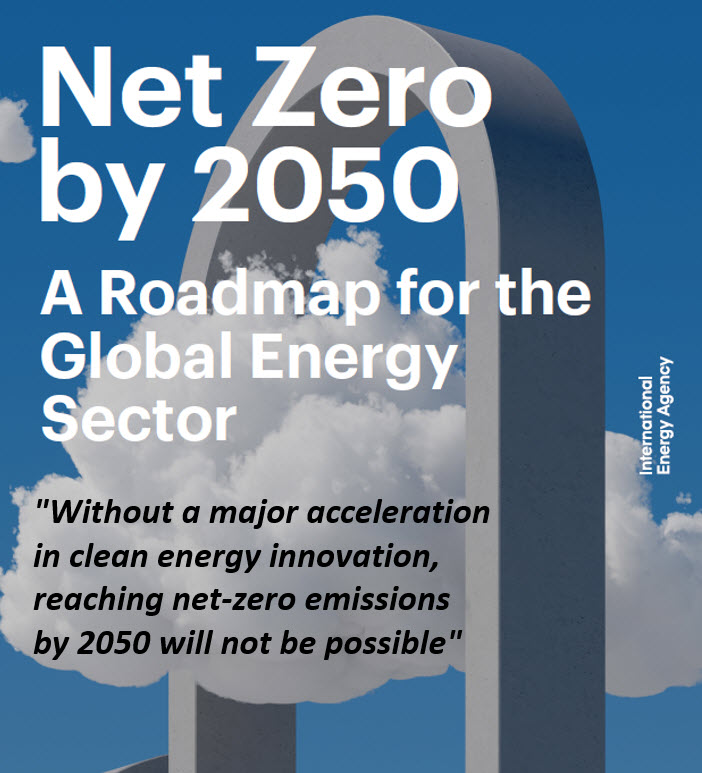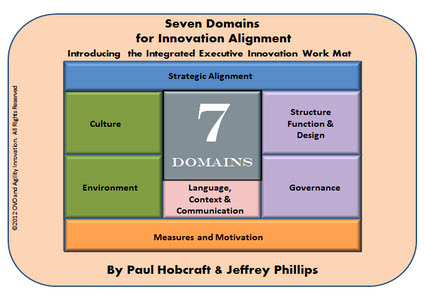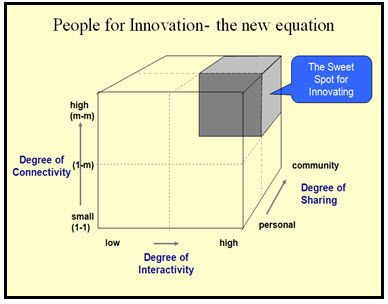![]()
Today’s call is for more ‘search, scope, speed, stretch and scale’ irrespective of the challenge being worked upon. These are essential steps in any transformation work, in any innovation undertaken to take discovery through to commercialisation.
Applying the innovation lense to the energy transition requires a significant need for innovation in all it does to undertake the transformation needed. It needs to apply these five steps within any innovation thinking.
The five aspects of search, scope, speed, stretch and scale are highly relevant to the success of any innovation introduction.
So we need to think through the five essential needs within innovation when applying innovative thinking to the Energy Transition, a growing focal point of my work. Continue reading “The essential five sense-making steps in any innovative transition”






